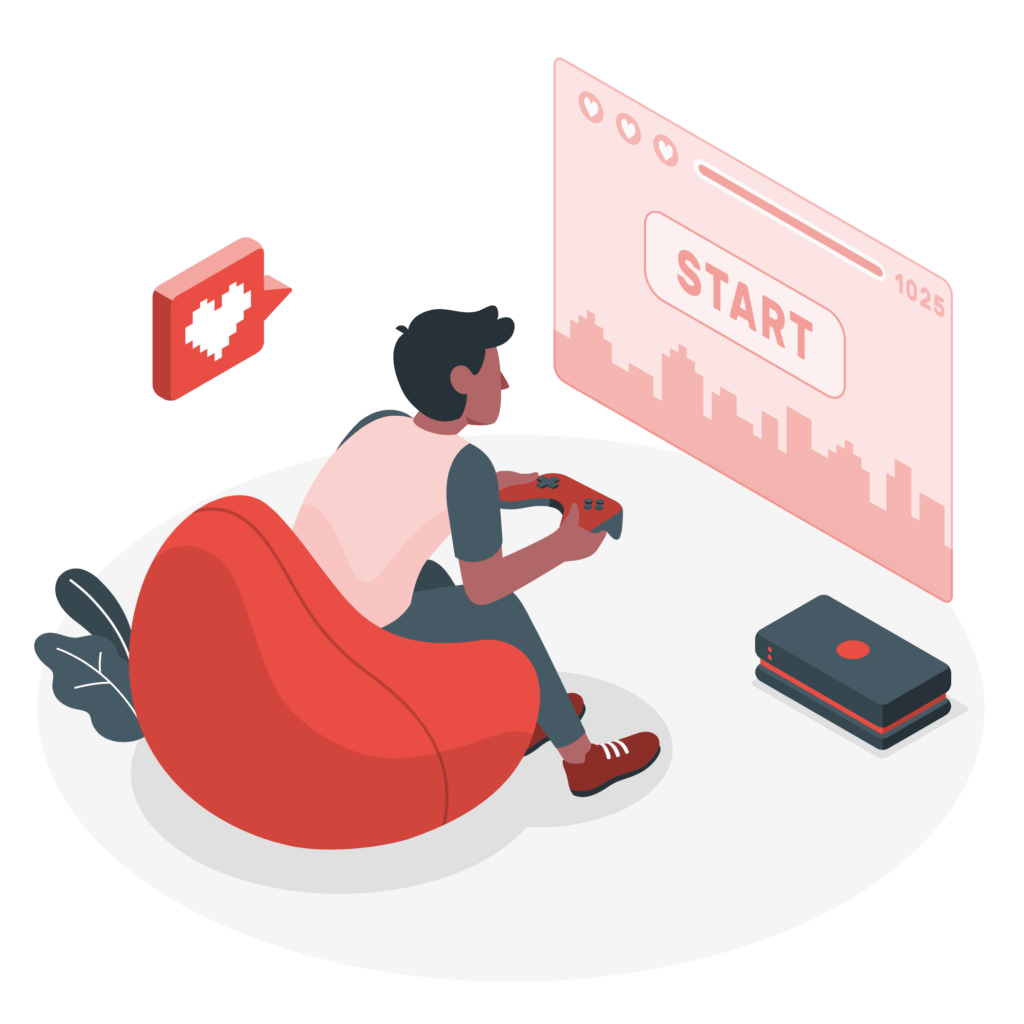Gamification for learning: an effective method
” Learning”. While this word may inspire excitement of newness and challenge, in the workplace it is sometimes endured and unattractive. What if we told you that it is possible to learn new skills while having fun? Today, we are going to talk about a fundamental trend, used in many fields: gamification.
For some years now, learning has been using more and more gamification codes. Indeed, this method makes it possible to extend the field of possibilities thanks to the world of games.
1. What is the gamification ?
Gamification uses the mechanics, aesthetics, and spirit of the game world in another context. Many brands are taking advantage of this method without users even noticing. For example, LinkedIn displays a progress bar that indicates the level of information in a profile, and Blablacar assigns experience levels to drivers and passengers. Gamification is all around us, in our daily lives.
In our case, we are interested in gamification in professional training and education. Be careful, gamification does not mean infantilizing the learner but using certain game codes to make the educational act more fun and impactful for the learner. But what are the advantages of using gamification in learning?

2. What are the benefits of including gamification in learning paths?
The main interest of gamification is to encourage the engagement and retention of learners to achieve educational objectives and to obtain a return on investment on training.
Indeed, gamification can make learning more fun and more effective. Learners will move from a traditional learning mode to an entertaining way of learning. Thus, there are different levers to meet this objective.
The first lever for retaining learners is interactivity. The best way to to make people remember information in the long run is engaging the user. Learners feel more implicated in the training process thanks to interactive pedagogical activities such as quizzes, simulations, etc. There are also other forms of interactivity, such as peer-to-peer interaction (exchange between the employee and his or her trainer or with other employees). This method is very close to social learning, which encourages the exchange and sharing of information via conversational tools such as a chat, a forum, or a discussion group. In this way, interactivity of any kind boosts the commitment of learners in the long term. But that is not all.
A gamified learning path will create an addiction mechanism for users. They will develop the desire to continue learning again and again thanks to fun content, the aim being to build learner’s fidelity.
Another very important lever of gamification is the spirit of competition. Whether it is competition with oneself or with others, the desire is the same: to surpass oneself to win. Learners will want to score points, earn badges, complete missions, etc. The possibility of setting up a progression system will create real commitment among users.
Gamification means playing. When we play, we don’t see the time running because we enjoy ourselves. Here we are talking about temporal dissociation: it is the loss of feeling of time. Learners will be more absorbed in the learning. Thus, the retention rate of users will increase.
Last but not least, the reward system is one of the best methods for maintaining learner’s commitment. The objective is not only to get a learner to participate in a learning path. After, the learner should want to repeat the experience. This can be done by building loyalty with rewards. What is the point of participating in a game if there is no reward? They can take many forms, such as badges, content to unlock, levels to reach, but also gifts!
3. How to include gamification in your learning paths?
Of course, it is important to use gamification in professional learning, but you need to know how to implement this approach. Playing a game, rolling a die or drawing a card is not enough to make it interesting for the learner. Let’s see how to include effective gamification in your learning paths:
- First, think about setting clear goals. These objectives can be varied. For example: to increase learner engagement, to increase long-term retention, to increase enrolment…
- Next, it is necessary to think about the gamification methods that suit the company’s context. Depending on the sector of activity or the objectives to be achieved, different methods are available to us. It is possible, for example, to set up serious games to make learners aware of the behaviors they should adopt, the safety rules of their profession, new skills, etc. in a playful way.
- The third step is to define the means available to make the gamified learning successful. For example, if a reward system is set up, what form will the rewards take? Are they internal to the tool used or can users win “real” things like cinema tickets, discounts, etc.?
- Finally, to implement a gamification action, you need tools. Some tools are designed around gaming, such as serious games creators. Many others include gamification in an additional way to their value proposition, such as mobile learning, adaptive learning, or reinforcement tools.
Gamification is a lever to be included in all learning paths to improve their impact and retention of learners. It can be used all the time, everywhere and in combination with other training methods. Learning teams can use gamification in their communication as well as in the way they design learning paths.
more information : https://resources.myskillcamp.com/fr/blog/comment-exploiter-la-gamification-dans-vos-programmes-de-learning-2
Illustration by Storyset
Latest news
Our latest articles about the topics: learning, science and Domoscio's news.